Science
Science
[ follow ]
#spacex #x-59 #dark-energy #robotics #exoplanets #stem-education #research-funding #bioethics #nobel-prize-physics
fromBig Think
5 days agoMacroscopes help us see the invisible connections that tie our world together
Even if you were unfamiliar with the concept, each day - perhaps several times a day - you might have peered anxiously through the lens of your macroscope of choice, and what you saw determined whether your day would be one marked by anxiety or relief, hope or despair.
Science
Science
fromwww.nature.com
6 days agoA matrix-confined molecular layer for perovskite photovoltaic modules
A SAM-in-matrix strategy disperses self-assembled monolayers within a tris(pentafluorophenyl)borane matrix, reducing aggregation and enabling efficient charge transport and higher PSC efficiencies.
fromBig Think
5 days agoWhat all leaders can learn from jazz-inspired military trailblazers
Over the past decade, I've worked with U.S. and allied military forces across 45 countries to help develop a new kind of leader - not just more adaptive, but more imaginative. In the process, I've watched warfighters, technologists, and commanders at every level grapple with a new operational reality: one where centralized command must coexist with decentralized execution; where emerging technologies live beside legacy systems; and where speed and stability must be pursued simultaneously.
Science
Science
fromTechCrunch
5 days agoMiraqules will showcase its blood clotting technology at TechCrunch Disrupt 2025 | TechCrunch
A powdered nanomaterial mimicking blood-clotting proteins stops severe bleeding within minutes when applied, developed by Miraqules to rapidly absorb blood and form fibrous clots.
fromNature
1 week agoGoogle Scholar-based tool gives extra credit to first and last authors
The h-index - a widely used measure of impact based on publications and citation count over time - treats all of an author's papers equally, irrespective of whether they are a first, last or middle author. A browser extension called GScholarLens now aims to change that for Google Scholar users. Launched earlier this year for the Google Chrome and Mozilla Firefox browsers, the tool provides a weighted metric, called the Scholar h-index (S h-index), which accounts for a researcher's position in author lists.
Science
fromwww.nature.com
6 days agoAll-perovskite tandem solar cells with dipolar passivation
Non-radiative recombination loss at the hole transport layer (HTL)/perovskite interface in the narrow-bandgap (NBG) subcell constrains the power-conversion efficiency (PCE) of all-perovskite tandem solar cells 1,2. Minimizing charge recombination at the buried interface of lead-tin (Pb-Sn) based NBG perovskite solar cells have proven particularly challenging, as conventional long-chain amine-based passivation strategies often induce carrier transport losses, thereby limiting both the fill factors (FF) and short-circuit current density (Jsc) 35. Here,
Science
fromNature
6 days agoDirect deaminative functionalization with N-nitroamines - Nature
Here, we report a direct deaminative strategy through the formation of N-nitroamines, allowing the direct conversion of inert aromatic C−N bonds into an array of other functional groups, C−X (C−Br, C−Cl, C−I, C−F, C−N, C−S, C−Se, C−O) and C−C bonds. This operationally simple, general protocol establishes a unified strategy for one-pot deaminative cross-couplings by integrating deaminative functionalization with transition-metal-catalyzed arylation, thereby streamlining synthesis and late-stage functionalization.
Science
fromPsychology Today
8 hours agoThe Slow-Cooked Mind
Like all of us, I'm busy, but most days I manufacture the time to cook for my family. I braise beef ribs for hours, I let stock simmer all afternoon, I julienne vegetables till they're just right for the salad. It's slow, deliberate work. I move through the kitchen without hurry, letting things take the time they need. And when I do this, when I give a meal the patience it asks for, it shows. The flavors deepen.
Science
fromPsychology Today
4 hours agoSome People Never Have Sex-Here's Why
The study by researchers at Princeton University analyzed the genes of 400,000 people in the United Kingdom between the ages of 39 and 73 and 13,500 Australians, aged 18-89. They sifted through the data to find people who have never had any type of sexual experience with the same or opposite sex. This left them with a dataset of 2,068 sexless females and 1,861 sexless males. What they found is surprising.
Science
Science
fromArs Technica
2 days agoAn in-space construction firm says it can help build massive data centers in orbit
Rendezvous Robotics commercializes MIT-developed self-assembling, autonomous tiles that stack for launch and self-configure into large space structures, replacing manual or complex robotic assembly.
Science
fromFuturism
3 days agoScientists Find Strange Lights in the Sky in Photographs Before First Satellites Were Launched, Clustered Around When Nuclear Weapons Were Tested
Historical astronomical photographs reveal unexplained, short-lived star-like transients recorded before satellites, with a measurable correlation to mid-20th century nuclear weapons testing.
Science
fromBusiness Matters
3 days agoBeyond Efficiency: The Business Case for Advanced Electric Motor Design
Modern electric motor design must prioritize predictability, certifiability, and production readiness alongside efficiency to ensure reliability, compliance, and timely, budget-conscious deployment.
fromKqed
3 days agoA Drizzly Day of Discovery at the Bay Area Science Festival | KQED
"We behave differently when we're anxious or when we're experiencing fear, versus when we are feeling courageous. And mice do the same," explained Alexandra Klein, postdoctoral researcher at UCSF, during a lab tour, adding that there are multiple experiments conducted in the lab to analyze a mouse's behavior - all this to understand human brain functions better and potentially cure diseases. The tour even showcased a real mouse brain in a test tube.
Science
fromFuturism
2 days agoNASA Not Paying Moon Astronauts as They Prepare to Risk Their Lives
NASA is hard at work preparing for Artemis 2, its first crewed mission to the Moon in over half a century, which is scheduled to launch in just four months. The twist? Due to the ongoing government shutdown, a NASA official confirmed to Futurism, agency staff are currently working without pay to make the launch happen - including even the astronauts who are putting their lives on the line for the historic mission, who are currently preparing for it without receiving paychecks.
Science
Science
fromBoston.com
2 days agoHow tiny drones inspired by bats could save lives in dark and stormy conditions
Researchers at Worcester Polytechnic Institute develop bat-inspired, echolocation-equipped, energy-efficient microdrones for autonomous search-and-rescue missions in dark, smoky, or stormy environments.
fromwww.scientificamerican.com
22 hours agoMosquitoes Discovered in Iceland for the First Time amid Rising Temperatures
Back in 2016 an article in the New York Times referred to Iceland as a mosquito-free island paradise. While nearby countries host mosquito populations during warmer times of the year, one of the going theories was that Iceland's propensity for harsh swings between thawing and freezing helped keep the bloodsuckers from getting a foothold. But that same Times piece warned that this skeeter-free status could be in peril.
Science
fromNature
4 days agoFrom MRI to Ozempic: breakthroughs that show why fundamental research must be protected
Around the world, budgets for fundamental research - studies that seek primarily to advance knowledge for its own sake, without an expectation of a return on investment - are coming under pressure to an extent not seen for at least a generation. In the United States, the principal funder of fundamental research, the National Science Foundation, has this year terminated some 1,600 grants worth a total of US$1 billion, a huge chunk of its $10 billion budget.
Science
fromNature
4 days agoAtomically resolved edges and defects in lead halide perovskites - Nature
Electron Microscopy for Materials Science, University of Antwerp, Antwerp, Belgium Biao Yuan, Christoph Hofer, Chuang Gao, Tamazouzt Chennit & Timothy J. Pennycook Center for Electron Microscopy, South China University of Technology, Guangzhou, China Biao Yuan & Yu Han School of Emergent Soft Matter, South China University of Technology, Guangzhou, China Biao Yuan & Yu Han State Key Laboratory of Quantum Functional Materials & Shanghai Key Laboratory of High-Resolution Electron Microscopy, ShanghaiTech University, Shanghai, China Zeyu Wang, Hongsheng Shi, Xiaoyan Wu & Yi Yu
Science
Science
fromwww.scientificamerican.com
15 hours agoAfter a Quarter-Century of Hosting Humans, the International Space Station Is Approaching Its End. What Comes Next?
Commercial, privately operated space stations will replace the ISS after its planned 2031 deorbit, enabling a human-centered orbital economy and future lunar/Mars habitats.
fromEarth911
1 day agoGuest Idea: How Communities Can View Real-Time Satellite Images to Respond to Natural Disasters
Every year, regions of the world are hit by natural disasters such as hurricanes or floods. As a result of climate change, these phenomena have not only increased in number and severity, but it has also become more difficult to predict when they might occur. Although the areas most prone to these hazards try to take proactive measures, many sources of information are not timely enough or are of limited use.
Science
fromFlowingData
4 days agoMath to map the world
It's easy to take maps for granted. After all, most of us have a pretty good map in our pockets at all times, ready to show us how to get anywhere on the globe. But to make a map useful, you have to decide what to keep in and what to leave out-and, most importantly, which mathematical equations to use.
Science
fromwww.mediaite.com
2 days agoTrump Takes Credit for Nobel Prize Awarded for Research Done in the 1980s
On Oct. 7, the Royal Swedish Academy of Sciences announced it awarded this year's prize to John Clarke, Michel Devoret, and John Martinis. A major question in physics is the maximum size of a system that can demonstrate quantum mechanical effects, the committee stated in a press release. This year's Nobel Prize laureates conducted experiments with an electrical circuit in which they demonstrated both quantum mechanical tunnelling and quantised energy levels in a system big enough to be held in the hand.
Science
fromwww.theguardian.com
13 hours agoThai cave rescue diver Richard Harris devised an experiment. If it worked, he'd be a hero. If it didn't, he could explode
Deep in a valley in the New Zealand wilderness, clear cold water rushes across moss-covered rocks. In the morning the mist rises up and lays across the valley. In the afternoon sun glints on the Pearce River, shafts of light filter through native tree canopy. It is a fecund, primeval place. The water has flowed down through tunnels in Mount Arthur, in South Island's north-west, to meet at the Pearce Resurgence at its base.
Science
fromWIRED
21 hours agoThe '10 Martini' Proof Connects Quantum Mechanics With Infinitely Intricate Mathematical Structures
In retrospect, he's glad. "Part of my luck was that I couldn't keep up with them," he said. "They were proving theorems, but they had nothing to do with the essence of the situation." Hofstadter instead decided to test out a more down-to-earth approach. Rather than proving theorems, he was going to crunch some numbers using an HP 9820A desk calculator-a computerlike machine that weighed nearly 40 pounds and could be programmed to perform complex computations.
Science
[ Load more ]
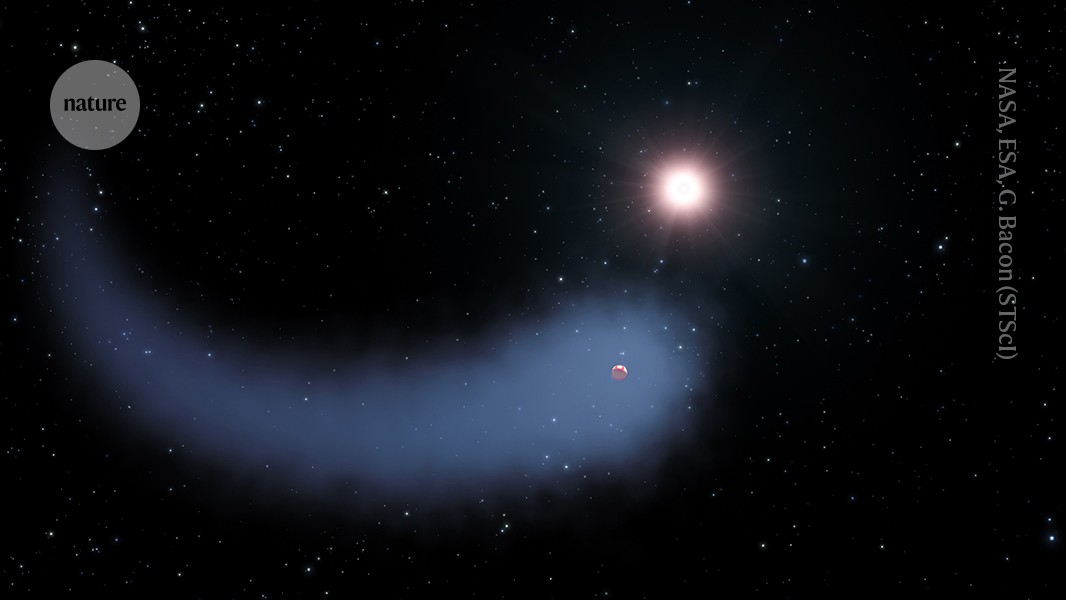
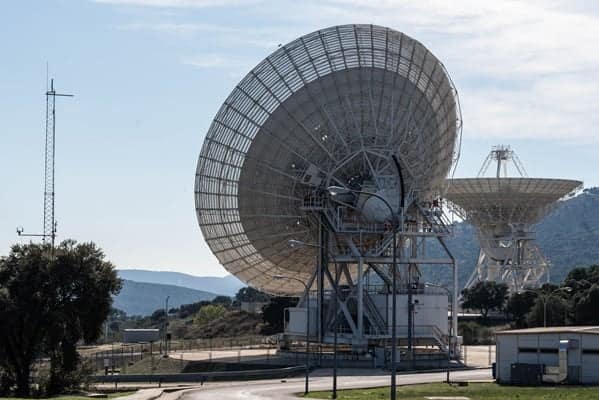
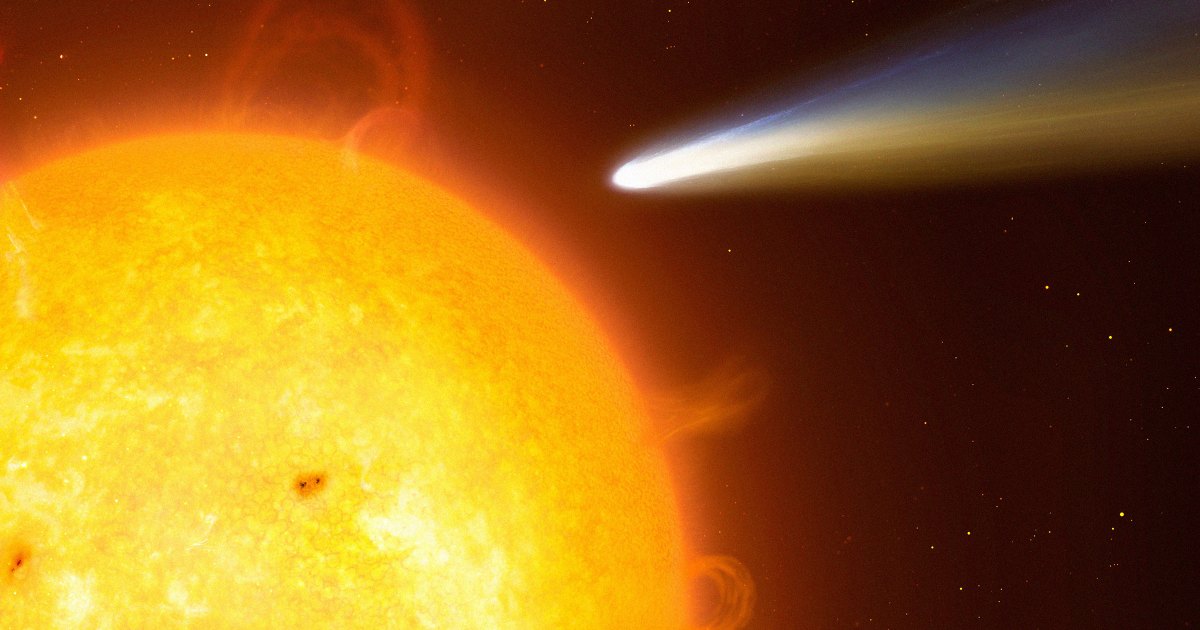
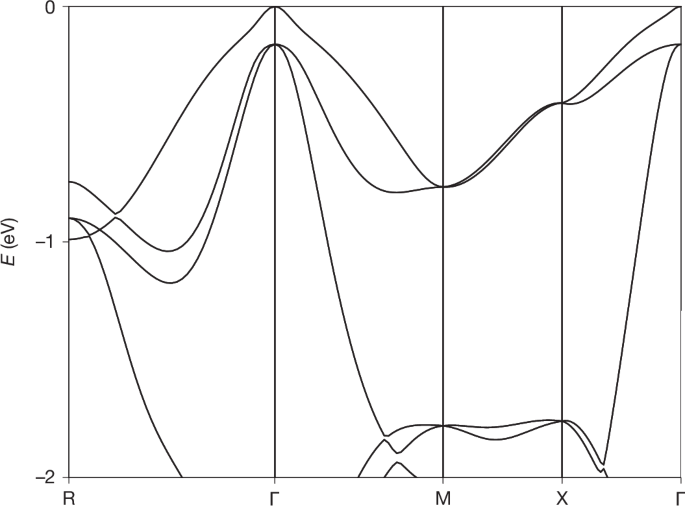
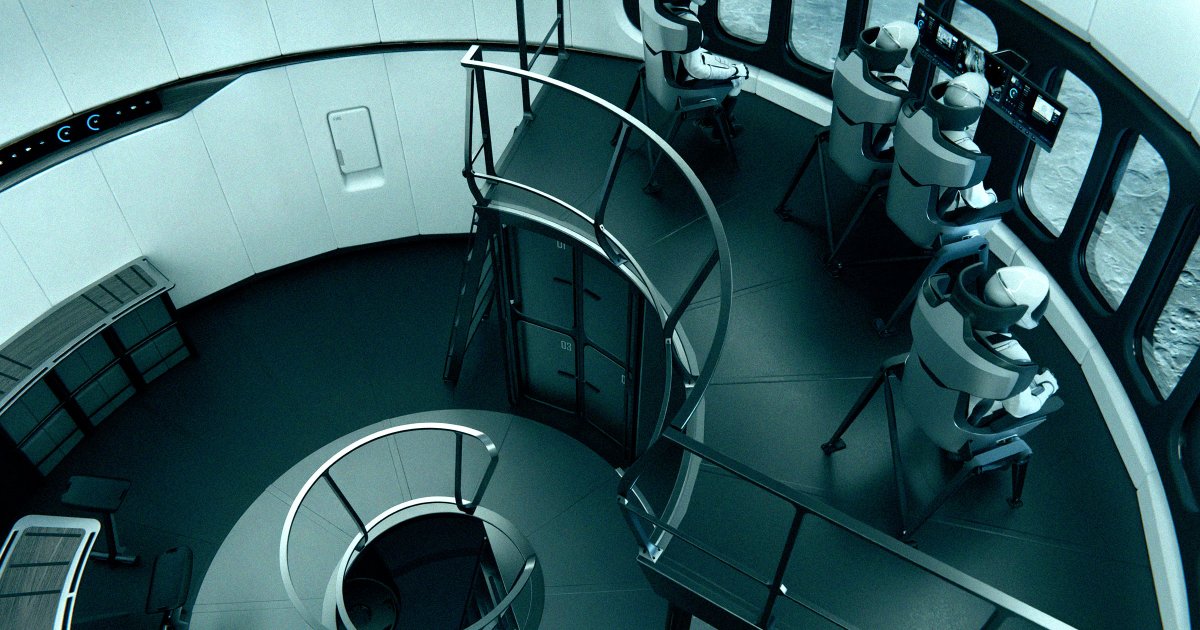




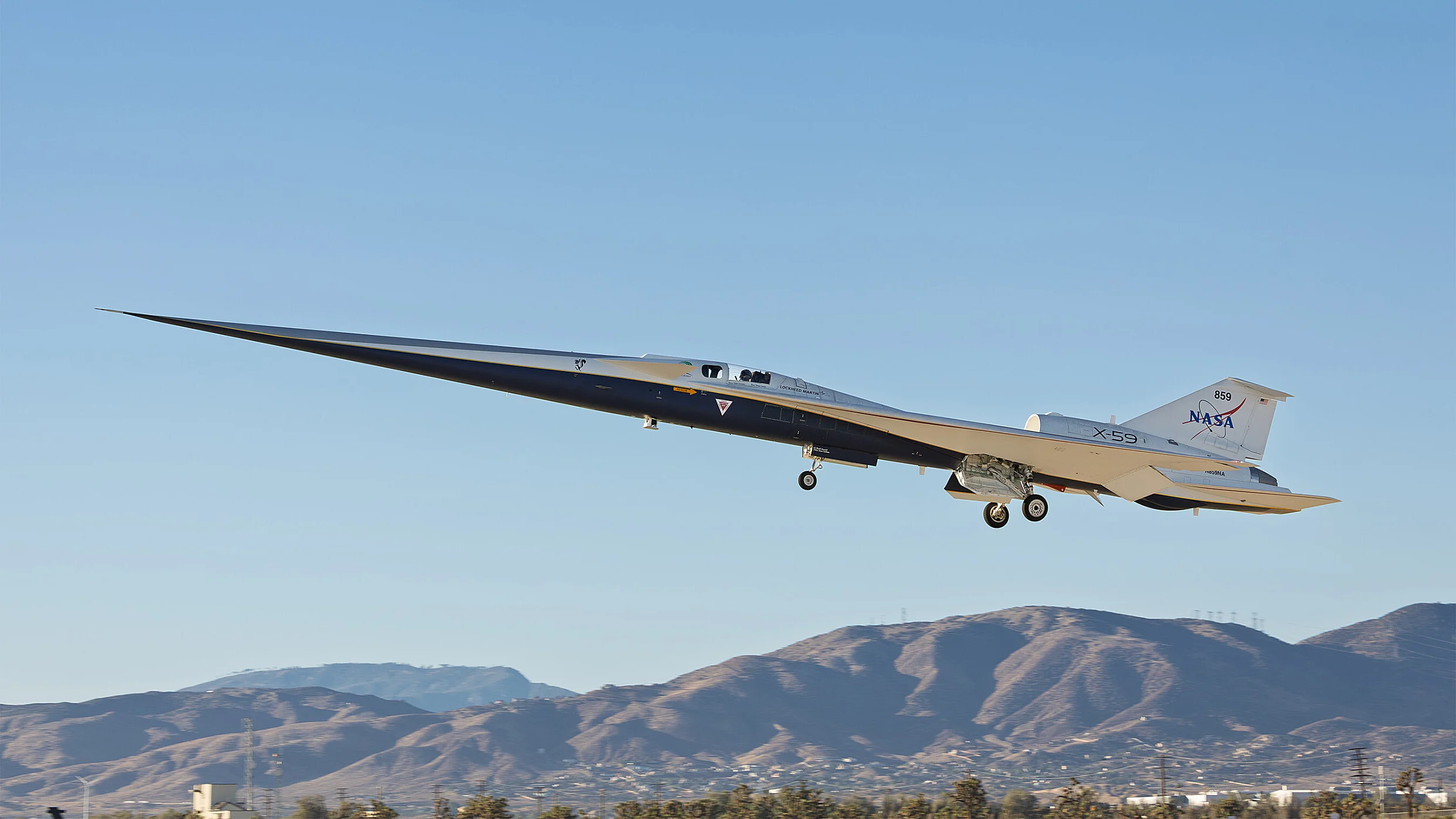

.jpg)